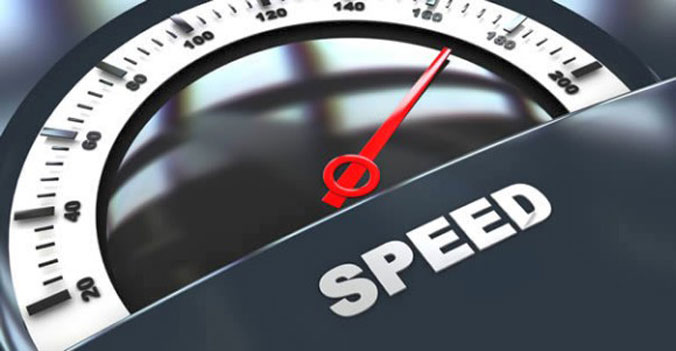Reducing the loading time of a website has always been one of the top priorities for web designers. A couple of years ago, an average user would wait 7 seconds for the website to load, and if the website took longer than that, the user would cancel the window and move on. Recently, that time has been reduced to 3 seconds. Whether you are designing an ecommerce website, a blog, a social networking platform, or any other type of website, you have to make sure it has a loading time of less than 3 seconds.
To minimise loading time, you can use the following tactics:
Avoid Heavy Images and Animations
Images and animations are unavoidable in some websites, but web designers should be careful when adding GIF animations and heavy image files. If the client’s website is based entirely on images, use Photoshop or a similar software application to optimise the images. You can also move all the images to a ‘galleries’ section, so the home page can load faster and the users can then move towards the galleries with a realistic expectation of a longer loading time.
When adding animations, be conservative and follow the ‘less is more’ mantra. You can use flash animations instead of GIF to reduce the loading time and to give the website a slicker appearance. We recommend you avoid animations altogether unless the nature of the website demands it.
Avoid Table Based Web Designs
Table based web designs have longer loading times, especially if there tables nested within other tables. By using DIV and CSS tags, such designs can be avoided. Sometimes, the customer will ask you specifically for a table based design and in such cases you will have no choice but to go for full page tables. In such cases, avoid using nested tables. And try to reduce website loading time by optimising the heavier content.
Use the Hosting Server Wisely
Place the website on a high quality and high performance server to reduce loading time. While loading time also depends on the internet speed of the end user, hosting the website on the right server can do wonders for the website’s performance. If the website has a database associated to it, place it on a different server to reduce loading time. Dividing the resources between multiple servers is also a good idea if your website consists of interactive apps and similar features.

